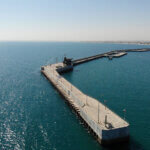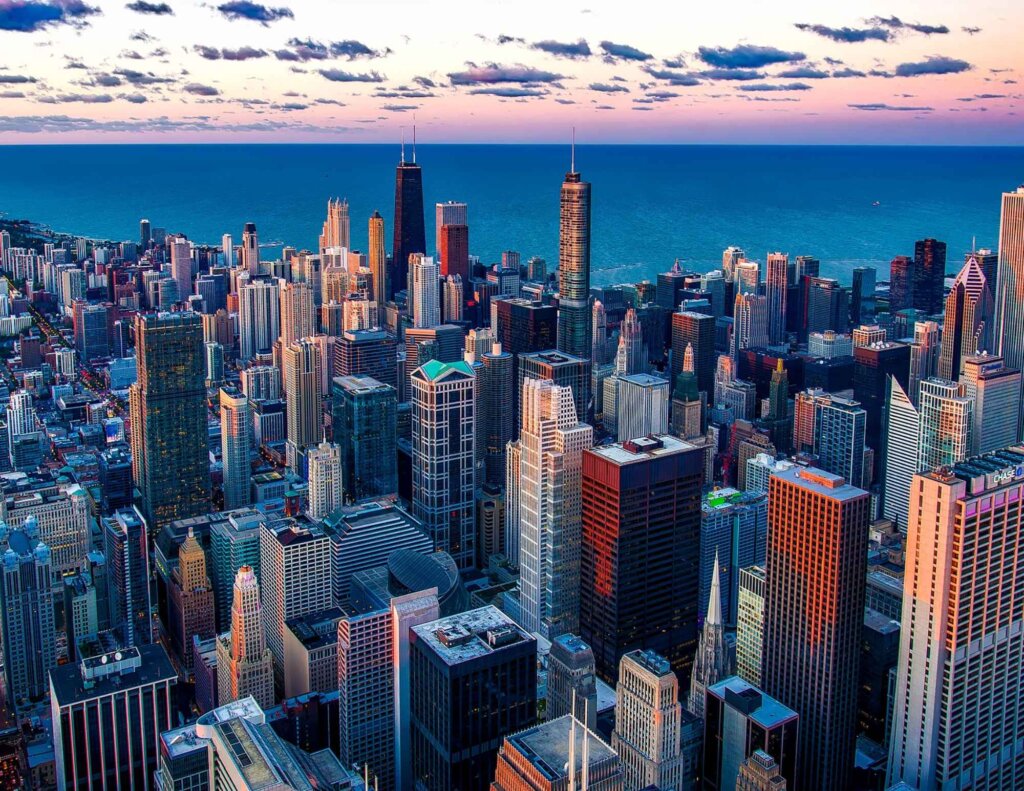Always at the forefront of sustainability initiatives for the commercial construction industry, the state of California is adopting a new CALGreen building code in 2024.
Officially going into effect July 1, 2024, the new CALGreen measures are an updated version of the existing 2022 code – widely considered to be America’s first sustainability-focused standard for greener, cleaner construction. Looking toward the future, another updated version of the CALGreen code is slated to take effect in 2026.
The newly updated CALGreen code applies to all non-residential commercial building projects over 100,000 square feet and state/public school building projects over 50,000 square feet. This includes adaptive reuse as well as new building projects. Let’s take a look at exactly what else these new CALGreen measures entail for commercial construction companies, building owners, and others in the industry.
What exactly does the CALGreen building code entail?
The original 2022 CALGreen code created regulations for energy efficiency, water conservation, and resource efficiency (including building materials – both use and disposal). Of course, all of the measures were aimed at making buildings more environmentally friendly and sustainable. Notably, it was the first state law in the nation to specifically make “Embodied Carbon Emission Control” an official part of the building code, and the first official whole building lifecycle assessment (WBLCA) state policy.
One of the CALGreen code’s main purposes is to address embodied carbon within construction materials – with concrete being a huge contributor. In an effort to offset the environmental footprint of using, recycling, and/or disposing of construction materials, CALGreen measures mandate specific sustainability requirements. Beyond the mandatory requirements, local jurisdictions are encouraged to enact even tighter environmental standards, with Tier 1 and stricter Tier 2 requirements both being delineated in the code.
- Mandatory Requirements:
- Building Reuse – At least 45% reuse of building structure and enclosure.
- Whole Building Lifecycle Assessment – At least 10% reduction in embodied carbon from baseline.
- Prescriptive Path – Environmental product declaration (EPD) for materials less than 175% the industry-wide average for global warming potential (GWP), with concrete at 130% of ready-mixed GWP values.
- Tier 1 Requirements
- Building Reuse – At least 75% reuse of building structure and enclosure.
- Whole Building Lifecycle Assessment – At least 15% reduction in embodied carbon from baseline.
- Prescriptive Path – Environmental product declaration (EPD) for materials less than 150% the industry-wide average for global warming potential (GWP), with concrete at 130% of ready-mixed GWP values..
- Tier 2 Requirements:
- Building Reuse – At least 75% reuse of building structure and enclosure, as well as at least 30% of non-structural interior elements.
- Whole Building Lifecycle Assessment – At least 20% reduction in embodied carbon from baseline.
- Prescriptive Path – Additional limits on material EPD for global warming potential (GWP), with concrete remaining at 130% of ready-mixed GWP values.
Further Expansion of the CALGreen Building Code in 2026
The CALGreen requirements will be further expanded as of January 1, 2026 to incorporate all non-residential buildings (including state/public schools) greater than 50,000 square feet.
How Hycrete Meets the Sustainability Challenges of the CALGreen Building Code:
Hycrete is the ideal solution for California construction projects to meet the new and expanding CALGreen building code initiatives. Below, we’ve laid out the estimated material savings achieved by utilizing our chemically advanced admixtures.


Hycrete improves the durability of concrete and substantially extends the lifespan of the structure – both of which reduce material use and overall embodied carbon. Unlike many traditional concrete protection options, Hycrete provides permanent protection for the lifetime of the building, coinciding perfectly with the aims of the CALGreen initiative.
Typically costing 20% to 30% less than installed membranes, Hycrete is not just the eco-friendly solution – it’s the economic winner as well. With a longer life-cycle and smaller carbon footprint, Hycrete is Cradle to Cradle certified.
Hycrete gives California construction companies and related entities a better, more sustainable way to build with concrete. It simplifies the building process, reduces the cost, and provides a fully customized protection system for concrete structures of all types. At Hycrete, our aim is to help the industry build a better future with better concrete materials.









